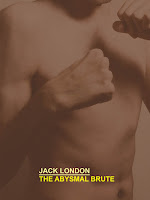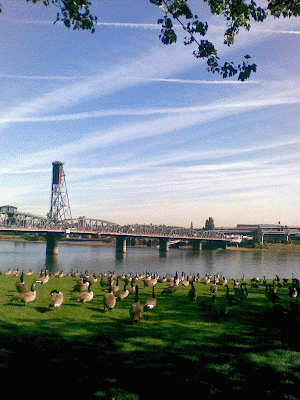Guest post by Josh Hanagarne, World's Strongest Librarian
~Thanks, Josh!
There’s nothing better than good writing—wait, let me start over.
There’s nothing better than good writing about boxing. Boxing seems to tempt every writer who ever walked the face of the earth. Sooner or later, regardless of what they usually focus on, many authors try their hand writing about boxing.
What’s the fascination? Why would literary personalities as diverse as Norman Mailer, Katherine Dunn, Jack London, Elmore Leonard, and more choose to write about what might simply consider “Two guys slugging each other.”
I’m not going to try to answer that question, but the fascination is real. I have it myself. With that, here is my short list for the best of the best in boxing writing. So real it hurts—so good it hurts just a little bit more.
The Pugilist At Rest by Thom Jones
Theogenes never lost in over 1000 fights.
The questions raised by this savagery follow Jones through nearly all of his fiction. If you like The Pugilist At Rest, you’ll get a kick out of Jones’s other works, Cold Snap and Sonny Liston Was A Friend Of Mine.
For the record, Pugilist is my favorite and the best.
The Abysmal Brute by Jack London The author of The Call Of The Wild and White Fang knew how to tell a story. And boy did he know how to tell a story about boxing. The Abysmal Brute is perfect, simple storytelling. It is the sort of storytelling employed by Clint Eastwood in most of the films he directs. The story starts at Point A and ends at Point B. Along the way a lot of great stuff happens.
The author of The Call Of The Wild and White Fang knew how to tell a story. And boy did he know how to tell a story about boxing. The Abysmal Brute is perfect, simple storytelling. It is the sort of storytelling employed by Clint Eastwood in most of the films he directs. The story starts at Point A and ends at Point B. Along the way a lot of great stuff happens.
The Abysmal Brute is the story of young Pat Glendon, a boxing prodigy trained in the woods by his father, a former fighter. Pat is a natural and moves to the big city where he quickly disposes of all challengers. The beauty of the story is that Pat is so innocent. He has no idea that the fight game has any corruption in it. He spends much of this short book learning unpleasant lessons about graft while dispatching the other champs with ease.
His speech at the end is fantastic and will leave a smile on your face for an hour. This book has a mood to me reminiscent of the film Cinderella Man. It’s simple, good, and real. Never confuse simple with simplistic.
Rope Burns by F.X. Toole My favorite book of short stories of all time. This is the book that contained the stories which eventually became the film Million Dollar Baby. Toole (the author’s pen name) was a professional cut man for many years. His experience shows in his writing. His style is absolutely breathtaking in its brutal sparseness.
My favorite book of short stories of all time. This is the book that contained the stories which eventually became the film Million Dollar Baby. Toole (the author’s pen name) was a professional cut man for many years. His experience shows in his writing. His style is absolutely breathtaking in its brutal sparseness.
He doesn’t waste words and he doesn’t use two words when one will do. Toole writes about fighters and their managers, simple men and stupid men. Corruption and violence and training and some of the most sublime profanity you’ll ever find outside of Samuel L. Jackson in Pulp Fiction.
I can’t say too much about this book because my words will cheapen it. You can’t do justice to a book like Rope Burns by trying to describe it. Please read it and let me know how it goes.
Toole died before the movie was made. He had been submitting stories for over 40 years. Rope Burns was published shortly before his death when Toole was in his mid-70s. That’s perseverance. To hell with rejection.
Suggested further reading
- One More Round by F.X. Toole, published posthumously
- The Fighter by Craid Davidson
- The Fight by Norman Mailer
- Raging Bull by Jake La Motta
- The Boxer's Heart by Kate Sekules (women's boxing story!)
- One Ring Circus by Katherine Dunn (includes women's boxing. Read my review.)
- Victory over Myself by Floyd Paterson
- Charley Burley and the Black Murders Rowby Harry Otty
- Shadow Boxers by Jim Lommasson
- Katherine Dunn's review of Pound for Pound by F.X. Toole
Related links





























